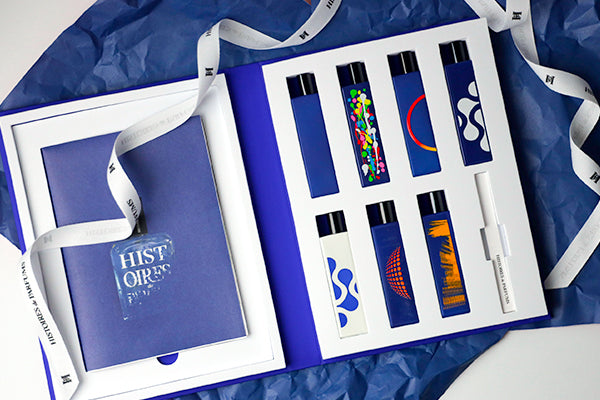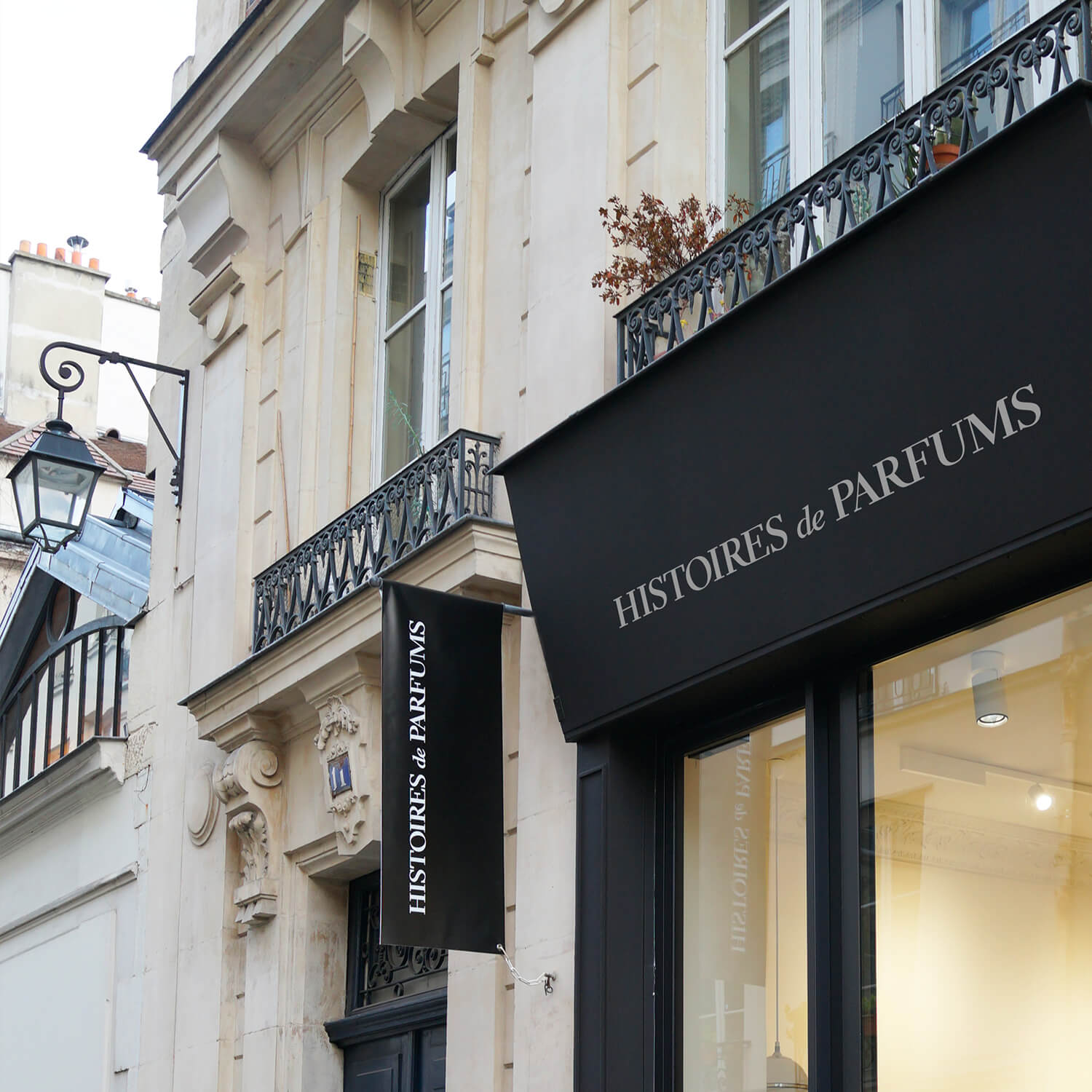April 15, 1874: How impressive!

Liberation from the shackles of academia
The Royal Academy of Painting and Sculpture founded by Louis XIV in 1648 transformed France in the 19th century by beginning to teach "official art". The core of the painting program involved prioritizing drawing over color, atelier work, and creating identical representations of nature.
Two inventions, however, would go on to affect the Academy's program. With the introduction of photography, paintings no longer needed to truly resemble reality considering that photography could do it much quicker, and more accurately. Additionally, with paint tubes now sold on the market, artists were able to leave the ateliers and paint outside.
Young Parisian artists thus began leaving their ateliers to paint scenes of everyday life and break away from having to paint legendary battles or biblical scenes selected by the art academy.
The vision before the technique
Young artists quickly began meeting to discuss their artistic visions and their works. It's thus in the beginning of the 1860's that Manet, Cézanne, Sisley, Monet, Renoir, Pissaro, those who will go on to be recognized as the impressionists, met.
For these artists, the focus was weighed more on how to represent the subject, rather than the subject itself. The most important part, was the artist’s vision. Manet declared: "I paint what I see, and not what pleases other people to see".
An explosive, brief, yet disruptive movement
Impressionists had their first largest appearance in the public in 1863 when Napoleon III created the "Salon des réfusés". This was a place where artists who were not accepted to display their works at the salon of Paris, could exhibit their work. Manet went on to showcase his "luncheon on the grass", and provoked a scandal.
In the following years, impressionists were beginning to be denied access to the salon des réfusés... Thus, in 1874, they established "La Société Anonyme des artistses, peintres, sculpteurs, et graveurs" through which they organized their first exposition on April 15, 1874 in Nadar's, a photographer, atelier on the Boulevard des Capucines.
Here again, they received numerous bitter critiques. It was during this first exhibition that the term impressionism was coined. A journalist writing an ironic article on Monet's "Impression, soleil levant" wrote: "Impression, impression, I said to myself... It must be impressionism since I myself am impressed." From this day forward, the artists began calling themselves impressionists.
Between 1874 and 1886, eight impressionist expositions were held. During that period, however, numerous tensions arose within the artist community amongst those who, throughout the years, would leave the movement. Pissarro was the only one who participated in all eight expositions. Impressionism caught its big break in 1886 when the merchant Paul Durand-Ruel exhibited the paintings in New York.
From then on, painting was reed from any outside influences, and no longer needed to be an identical representation of reality. You no longer needed to be an expert in history or mythology to understand the paintings. While short, the impressionist movement marked a point of no return in the history of art and opened doors to numerous artistic movements that engendered in the 20th century.






Leave a comment
This site is protected by hCaptcha and the hCaptcha Privacy Policy and Terms of Service apply.